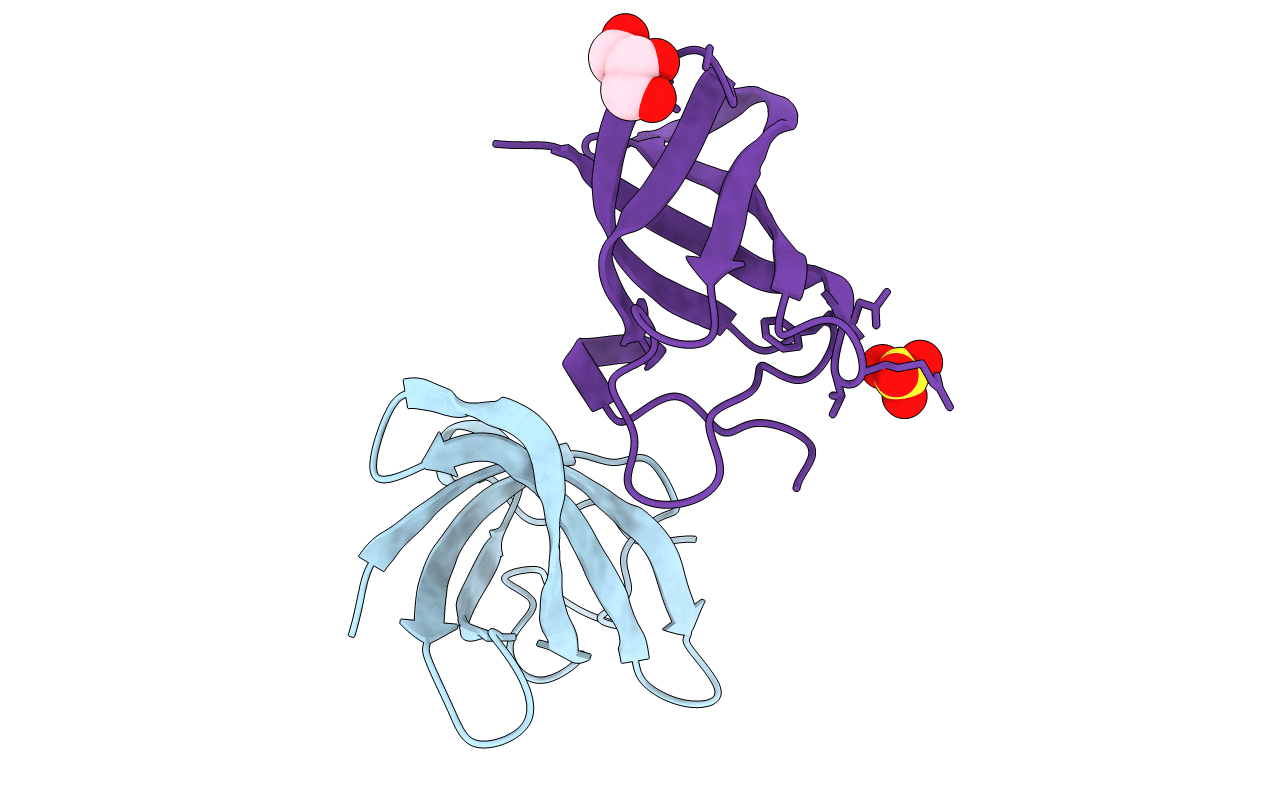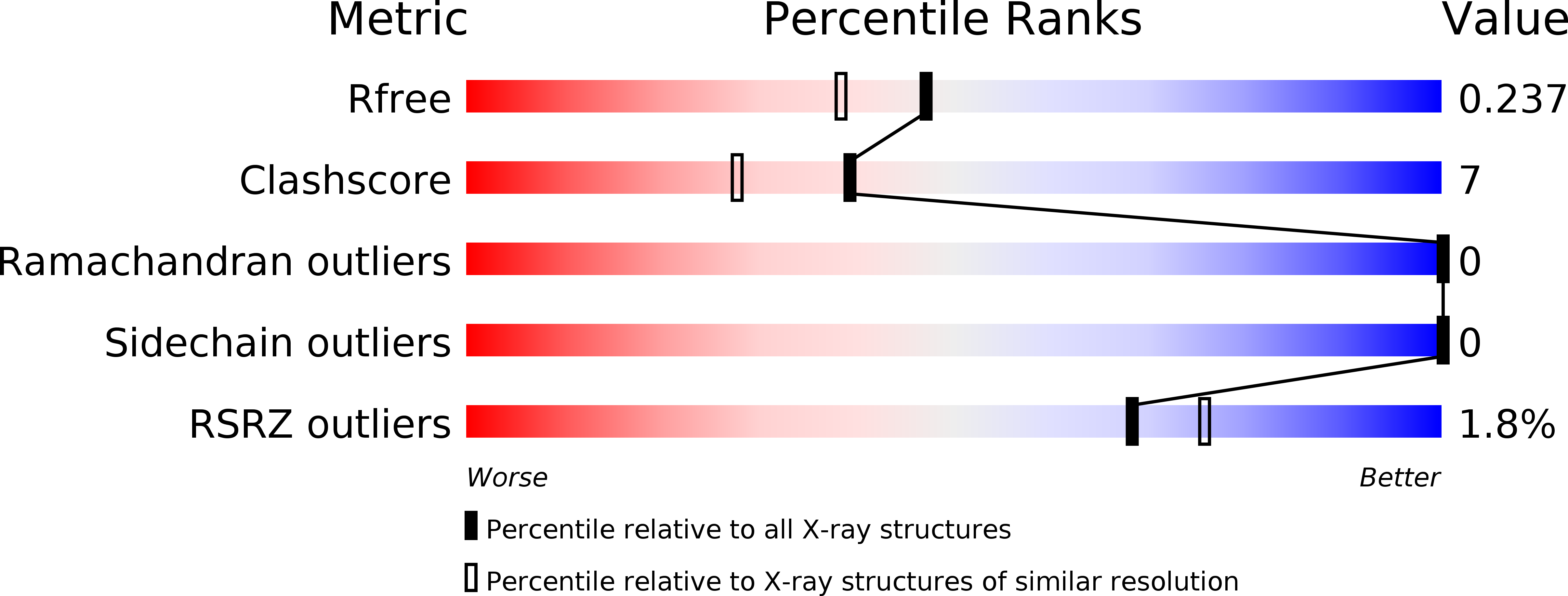
Deposition Date
2011-10-14
Release Date
2012-08-08
Last Version Date
2024-05-08
Entry Detail
PDB ID:
4A4I
Keywords:
Title:
Crystal structure of the human Lin28b cold shock domain
Biological Source:
Source Organism:
HOMO SAPIENS (Taxon ID: 9606)
Host Organism:
Method Details:
Experimental Method:
Resolution:
1.95 Å
R-Value Free:
0.23
R-Value Work:
0.18
R-Value Observed:
0.18
Space Group:
P 21 21 21


